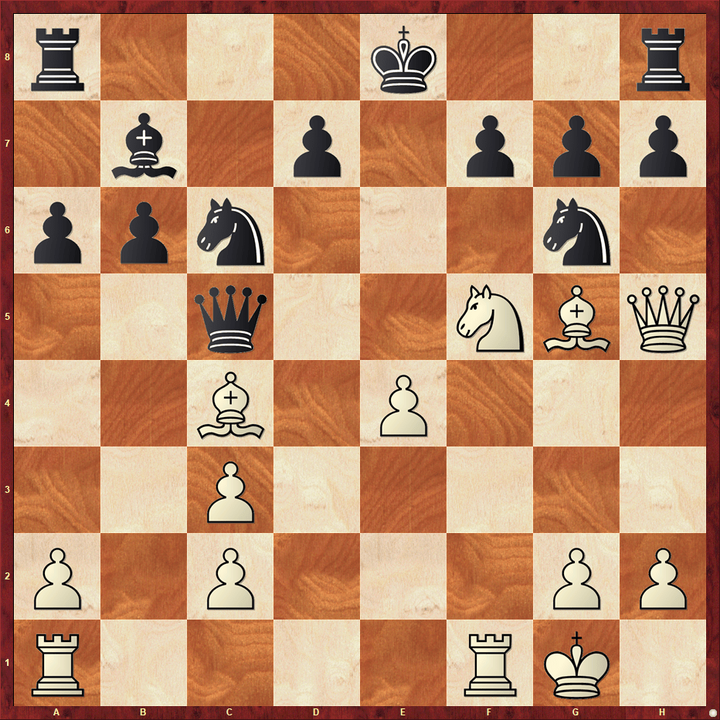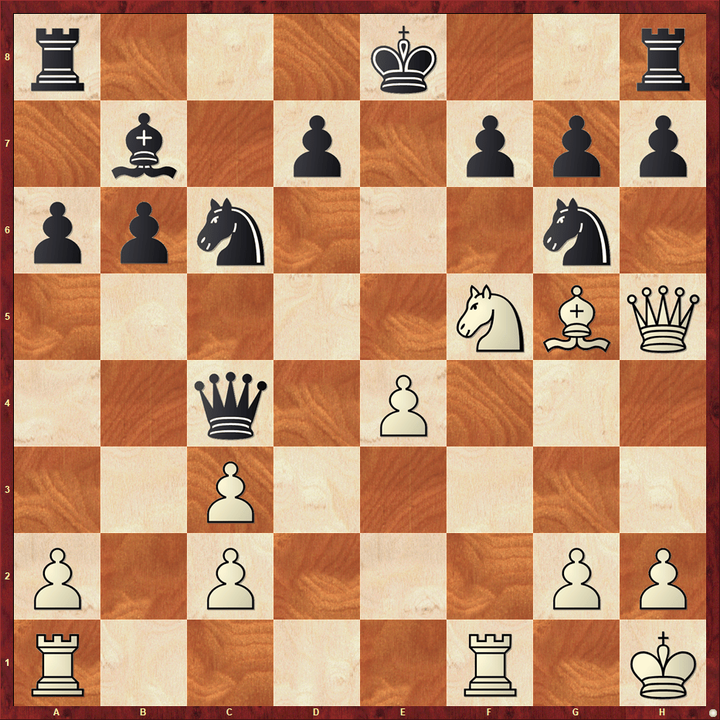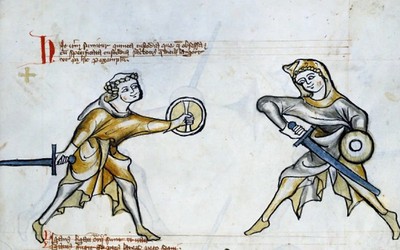
Don’t drop your ideas like hot potatoes
This is just a quick post is about one of the most common mistakes chessplayers make when calculating variations. I see it happening all the time while doing calculation exercises with my students; and of course, I used to make it a lot myself when I was a beginner.It is the following scenario:
- You start to consider a move;
- You notice that it might give a tactical opportunity for your opponent, like forking two of your pieces, capture something with check, etc.
- As a result, you immediately reject your move, and start to look for something else.
Now, the problem here is not that you reject stuff, because this is part of the calculation process. The problem is that you reject stuff literally in the same second, almost like in panic, when spotting a tactical idea for the opponent. This is what I call dropping the hot potato.
Let me show you a couple of examples.
Example 1

In the position above, the most natural thing for White would be to activate one of his badly placed pieces: either the rook on a1 or the bishop on d3. Most of my students come up with 15. Bc4 as a candidate move - only to drop it immediately when they see 16. ... Qc5+ as a response.
In fact, 15. Bc4 is the best move and was White's choice in the game. You only need to go one move further in your calculation. Instead of stopping after 15. Bc4 Qc5+, you should add 16. Kh1 Qxc4, just to see if it is really a hopeless case.
Basically, you are investing a few more seconds in the hope that you might be able to save a precious candidate move.
So, instead of having this position in your mind...

...you should have this one, when Black has already realised his threat:

And then you hopefully notice the huge fork on d6. We can welcome 16. Bc4 as a valid candidate move on board. :)
Example 2

This is part of a game I like to show to my students when teaching dynamics; and I have heard them thinking like this a zillion times: "Well, 20. Ne4 looks like a strong move, as it threatens with Nxf6 mate... But Black can play 20. ... Re8, pinning the knight, so it is no good... OK, let's look for something else..."
Again, 20. Ne4 gets rejected in a few seconds, way too quickly - especially if you consider how easily it wins. All you need is 10-15 more seconds, and you can see it - I will let you find it yourself this time. :)
By the way, you might have heard the same idea in different wording from Russian authors and coaches. They say you should always calculate one move further, which basically means the same thing - you should not reject ideas too hastily only because you encounter some tactical obstacles in your lines.
How can you get rid of that mistake?
Unfortunately, there is no magic bullet here. You need to solve challenging tactical puzzles, studies, endgames regularly, where very precise calculation is needed. Those exercises will teach you how time-consuming it can be to turn down ideas too quickly, only to come back to them 15-30 minutes later, when you have literally tried everything else.
Candidate moves are precious - always give them a fair trial before you reject them!
More blog posts by HGabor

Typical mistakes Nr 2 - Not picking up forcing moves
This is the second post in a series of the most typical mistakes I encounter as a chess coach. I tho…
Typical mistakes - Defending against unsound attacks
This is the first post in a series of the most typical mistakes I encounter as a chess coach. I thou…